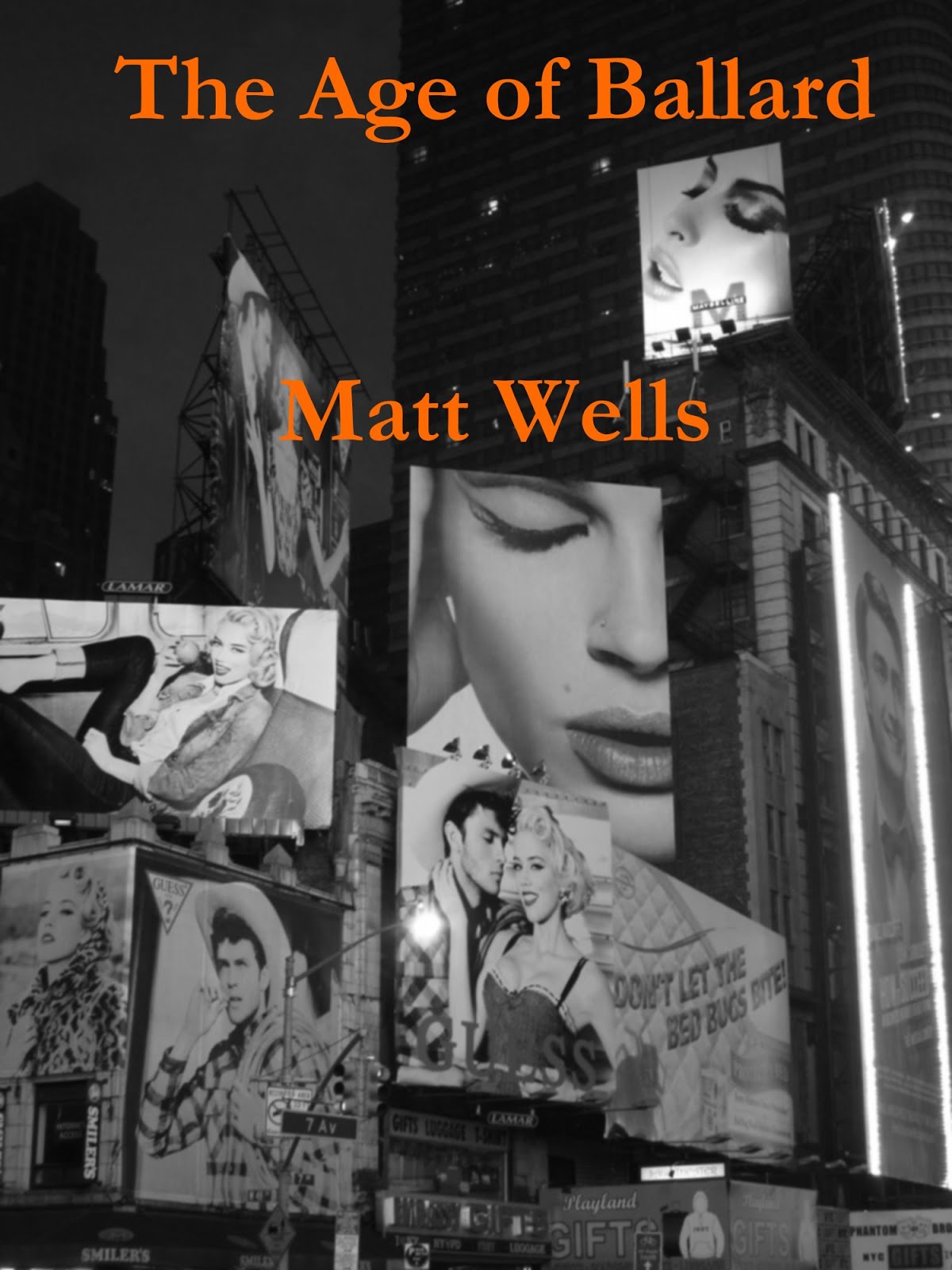
I could use five thesauruses to find synonyms for "brilliant" and still come up short against what my friend Rob said after the (4th?) (5th?) (6th?) curtain call at Streetcar last night:
ROB: You can cross that off your list.
ME: Huh?
ROB: You'll never need to see this play again.
And that about says it all.

So why is it definitive? Or better yet, why does it feel definitive? A couple of things. It's an ensemble piece. (There was no Blanchett-only curtain call, and even though I wanted one, because she was magnificent, I cannot tell you how happy it made me not to see her take that star turn.) The way it's staged, you literally get a window into the apartment on the second floor throughout the entire evening. (It's a world you're seeing, not just a room.) It goes from funny to tragic a smoothly as Fred Astaire goes from tap to ballroom.

And, most important of all as far as Blanche is concerned? She does not walk onstage with a big sign over her head that says I AM DOOMED. You actually see it happen. I can't tell you how rare that is when you see a so-called tragedy. It's what I call the Desdemona Law. The Desdemona Law says that there is never a moment when you get the feeling that a doomed character might make it out of the play alive. The law owes its origin to the National Theatre production of Othello (with Simon Russell Beale as Iago) in which the first time we see Desdemona, she's wearing a blood-red nightgown. "Oh great; she's already dead," I said to myself. "So why am I sitting here waiting for the inevitable? And really, when have I ever NOT seen a Desdemona who was doomed from the moment she says 'My noble father, I do perceive here a divided duty'?" (Twice, actually, but they're the exceptions and not the rule. They were also the best two productions of Othello I've ever seen.) Point being, it's incredibly rare to see the Desdemona Law broken. This production is one of those rare moments.

But the true test of how good this production is? I didn't think of Marge Simpson once. Which is like hearing "The William Tell Overture" and not thinking of The Lone Ranger.

Oh yeah; the title of this post? Back in high school we used to use that phrase as an all-purpose Woo Woo Moment; no matter what we were talking about -- politics, literature, Homeric Greek participles -- at some point someone would say "And then the old lady walks on saying 'Flores para los muertos,'" and it would be good for a laugh. Part of the greatness of this production? Not only is this moment chilling, but you actually think for a moment that Blanche is totally imagining it.



3 comments:
There are so many things about this show I can't stop thinking about. Like the way Blanchett is made up in Act One (wig, eyebrows pencilled in, blush, face powder) and then in the second half, it's her own thin straight hair, it's her own eyebrows, and by the end of the play it's her own scrubbed pale face. It was like watching somebody vanish before your eyes.
I sooooo wish I could see it. this play has been on my mind for the last several months. ...and I didn't even know about this production!
An amazing production and a delightful review. Love the title and the LOL story behind it. Now need to watch all 112 seasons of the Simpsons to know why you did not think of Marge.
Post a Comment